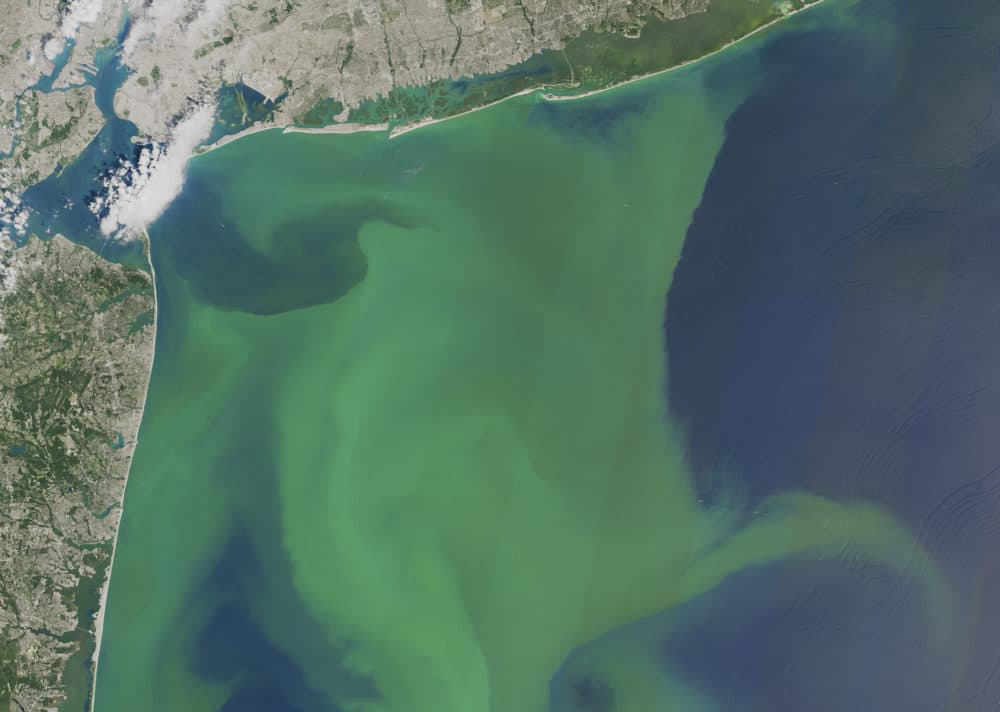Advertisement
Climate Change Is Altering The Color Of The Ocean

Climate change is already having profound effects on our planet, and here’s one more: It’s changing the color of the oceans, with the blues getting bluer and the greens getting greener.
A new study from researchers at the Massachusetts Institute of Technology finds that more than half of the world’s oceans will shift color by the year 2100, due to changes in the types and location of phytoplankton.
The study, published Monday in the journal Nature Communications, offers a new way to predict these changes, a model which could serve as an early warning signal for ocean health.
“This is at the forefront of research,” says Amala Mahadevan, a physical oceanographer at Woods Hole Oceanographic Institution who was not involved with the study. She says that current methods for monitoring phytoplankton provide information about local or regional changes but this new method, which uses satellite data, may offer a clearer, better picture of ocean change. “If we were able to get a global picture, that would be very powerful."
Phytoplankton are microscopic algae that float at the bottom of the ocean food web, forming a key part of most ocean ecosystems. They also store excess carbon dioxide from the atmosphere, and produce about half the oxygen we breathe.
“Without them there wouldn’t be any life in the ocean,” says MIT's Stephanie Dutkiewicz, lead author on the new study. “If they were to magically change — or if we were to kill them off completely — there would be a lot of carbon coming out of the ocean and back into the atmosphere, and creating more problems that we have now.”
Scientists already know that climate change is affecting plankton, with warmer waters leading to different algae species blooming in new waters, for instance. But it’s been difficult to detect and measure these changes, says Dutkiewicz, partly because there’s so much variability in the ocean from year to year. She decided to try a new method: looking a subtle shifts in water color.
Phytoplankton absorb and reflect different wavelengths of sunlight, which appear as different colors. Patches of ocean with a lot of algae appear greenish, for instance, while areas with fewer phytoplankton appear a deeper blue. Dutkiewicz fed satellite measurements of reflected light into a computer model, and correlated it to the number and type of ocean organisms.
Advertisement
The researchers then used the model to look into the future, raising the global temperature by 3 degrees Celsius by 2100, and saw a very clear shift in ocean color.
“We're not going to suddenly go from having a blue ocean to a red ocean or something like that, but there will be very, very subtle changes,” says Dutkiewicz, a principal research scientist at MIT’s Center for Global Change Science. “But they're important because they tell us a lot about what's changing in the ocean.”
Dutkiewicz says ocean warming is already changing the types of phytoplankton and where they live.
As for Boston, she doesn’t expect that we’ll see much color change in the harbor itself — it’s too full of sediment and runoff for the phytoplankton to make much of a color difference. But further offshore, the North Atlantic may appear a deeper blue.
While these changes may seem small, scientists say that they are deep and long-lasting. WHOI’s Mahadevan says, "We’ve have altered the Earth in a big way."
